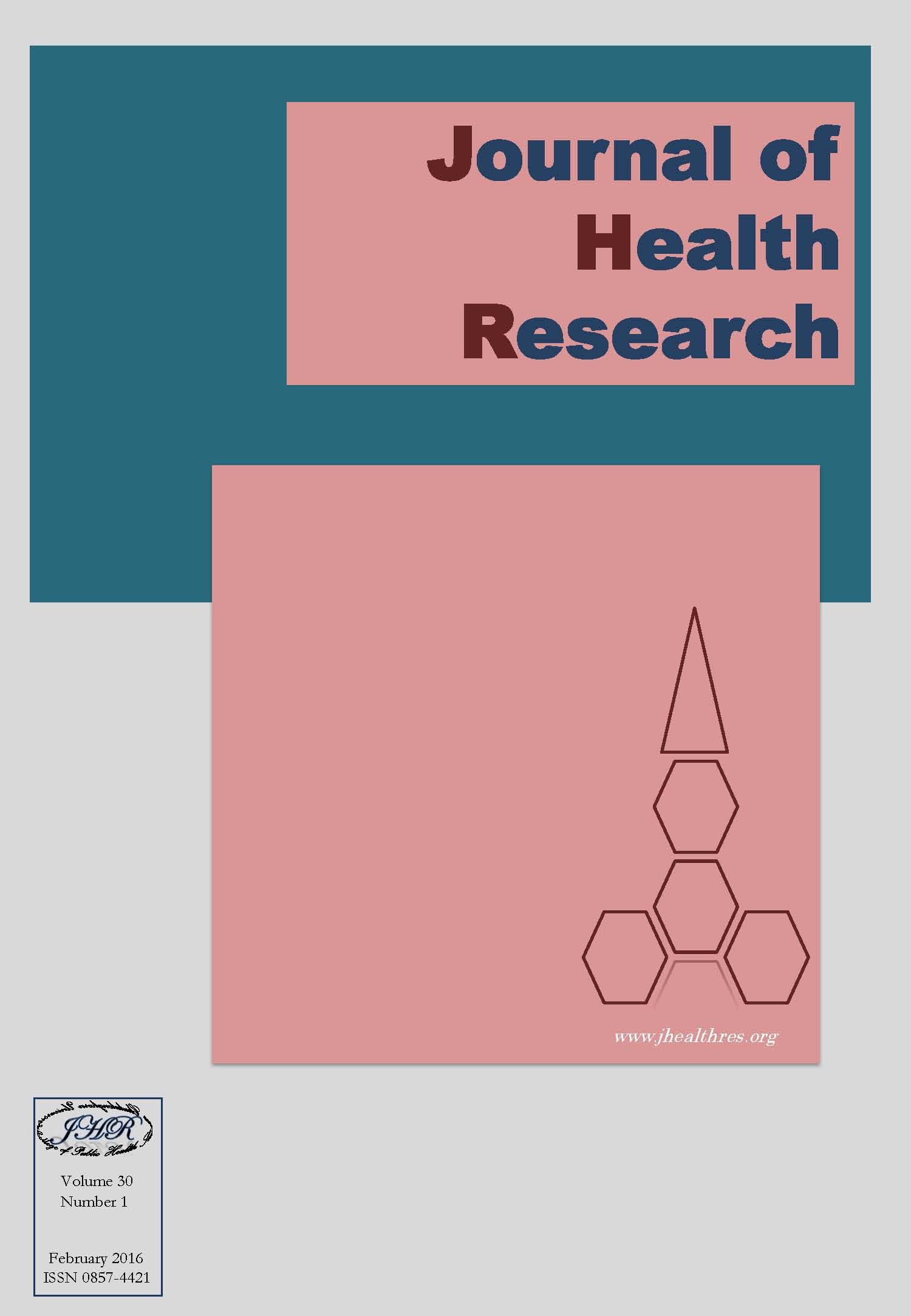Bioaccumulation of Oxytetracycline in Aquatic Organisms and Farm Animals and Its Risk on Human Health
Keywords:
Oxytetracycline, Bioaccumulation, Risk assessment, Human risk, Human health, Hazard quotientAbstract
Background: A widely use of Oxytetracycline (OTC) in aquaculture and animal farming leads to its distribution in soil, sediment and surface water. Animals in the ecosystem as well as those farm animals would accumulate the OTC from their environments with different concentrations depend upon their species and consumption behavior. Review of various bioaccumulation studies showed that OTC was accumulated in aquatic organisms and farm animals at low concentrations, but still exceeded the maximum residue limits (MRLs).
Methods: The purpose of this article was to review the OTC bioaccumulations in aquatic organisms and farm animals and assess their risks on human health. In order to assess the risk, the OTC residue concentrations found in aquatic organisms and farm animals were employed to calculate the daily intake rate and determine the risk on human health in term of Hazard Quotient (HQ). The HQ < 1 was considered to be health hazard.
Results: The HQ values less than 1 were for the consumption of aquatic species: fish (HQ <0.2), shrimp (HQ <0.09), crab (HQ <0.02) and mussel (HQ <0.05). This indicated the low risk on human health. For pork and chicken consumption, the HQ values were quite high at approximately 0.6 due to their high contamination and high consumption rate.
Conclusion: The risks with consumption of meat products were higher than with consumption of fish and shellfish. However, the data on OTC residues in these foods were limited, leading to uncertainty in the risk assessment. Further studies and additional data are recommended to confirm the risk on human health.






